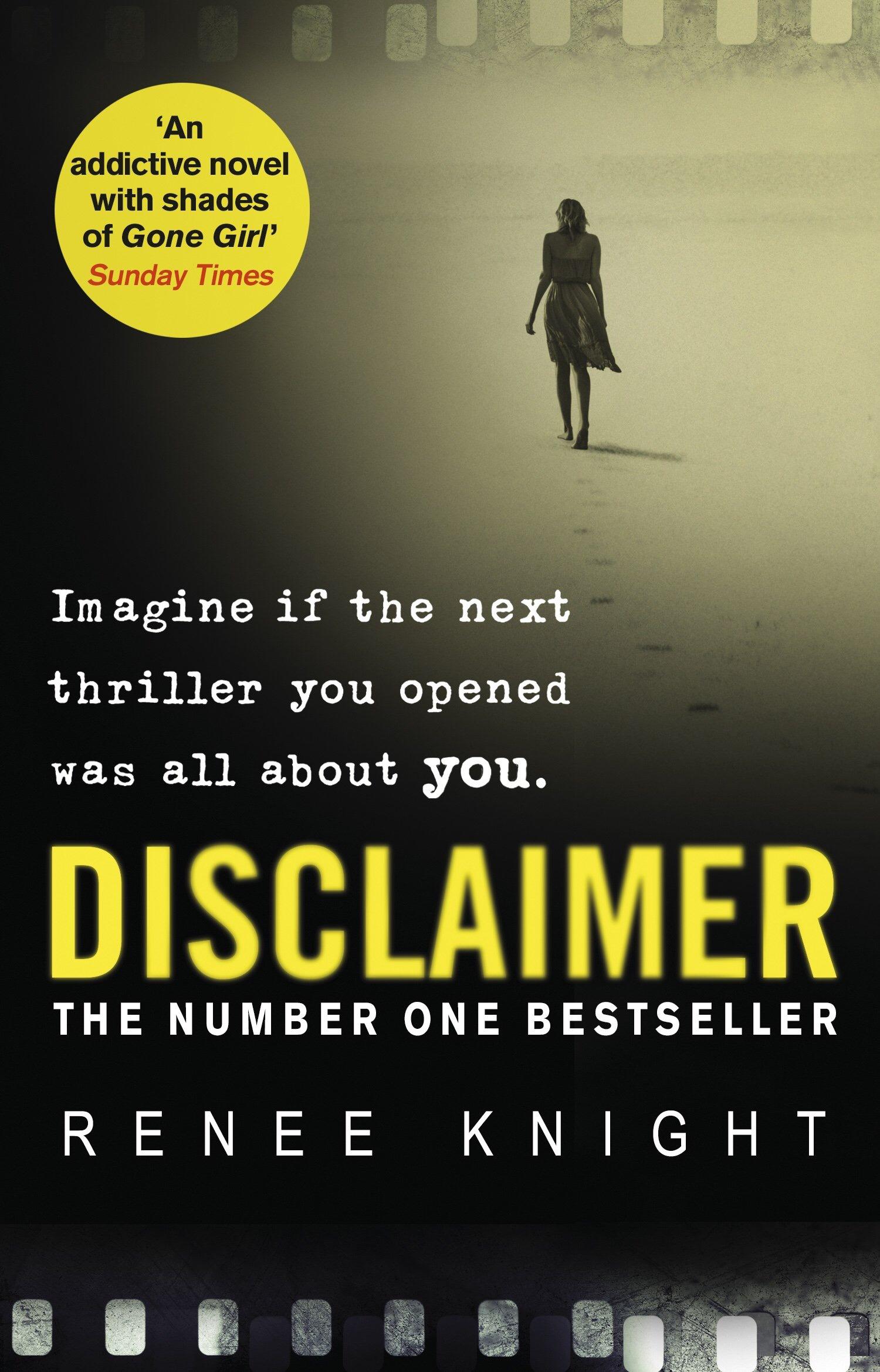In the realm of psychological thrillers, where the mind’s darkest corridors are explored and the boundaries of reality are deftly blurred, “Disclaimer” emerges as a masterful exemplar of the genre. Written by Renée Knight, this novel captivates with its intricate narrative and profound psychological depth, establishing itself as a quintessential psychological thriller. Through a meticulously crafted plot and complex character development, “Disclaimer” not only captivates the reader’s imagination but also delves into the profound intricacies of human psyche and memory. This article seeks to dissect the elements that render “Disclaimer” a paragon of psychological suspense, examining its narrative structure, thematic resonance, and the psychological underpinnings that make it a compelling study of fear, guilt, and the relentless pursuit of truth. By analyzing these components, we aim to elucidate why “Disclaimer” stands as a definitive work within its genre, offering both a gripping read and a profound psychological exploration.
Masterful Plot Twists and Unpredictable Narratives
In the realm of psychological thrillers, “Disclaimer” by Renée Knight stands out as a masterpiece of suspense, weaving a web of masterful plot twists and unpredictable narratives that keep readers on the edge of their seats. The novel’s brilliance lies in its ability to challenge the reader’s perception of truth and fiction, creating a narrative labyrinth where every revelation leads to another layer of mystery. Knight’s skillful manipulation of timelines and perspectives allows for a dynamic storytelling experience, where the boundaries between protagonist and antagonist blur, leaving the audience questioning the reliability of each character.
- Complex Characters: Each character is intricately developed, with hidden motives and secrets that unfold gradually, adding depth and complexity to the storyline.
- Non-linear Narrative: The novel employs a non-linear narrative structure, enhancing the suspense as past and present collide in unexpected ways.
- Psychological Depth: Knight delves into the psychological intricacies of guilt, memory, and identity, crafting a thriller that is as much about the mind as it is about the plot.
These elements combine to create a psychological thriller that is not only engaging but also intellectually stimulating, making “Disclaimer” a quintessential read for those who appreciate narratives that defy expectations and keep them guessing until the very last page.

Complex Character Development and Psychological Depth
In “Disclaimer,” Renée Knight crafts characters with intricate psychological layers that captivate readers and keep them guessing. The protagonist, Catherine Ravenscroft, is not merely a victim of circumstance but a complex individual whose past decisions and inner turmoil shape the narrative’s tension. Her journey through fear, guilt, and revelation is meticulously portrayed, offering readers a profound exploration of human psyche. Knight’s ability to delve into Catherine’s subconscious, revealing her vulnerabilities and strengths, sets a new standard for character development in psychological thrillers.
- Multifaceted Characters: Each character is portrayed with depth, possessing both virtues and flaws that make them relatable and unpredictable.
- Psychological Intricacy: The narrative intricately weaves the psychological motivations and emotional struggles of its characters, creating a rich tapestry of human experience.
- Authentic Emotional Arcs: Characters undergo genuine emotional transformations, reflecting the complexity of real-life psychological journeys.
By intricately mapping out the psychological landscape of her characters, Knight ensures that “Disclaimer” is not just a story of suspense, but a profound exploration of the human condition. The novel’s strength lies in its ability to make readers question the nature of truth and the reliability of memory, driving home the notion that the mind can be both a sanctuary and a prison.
Atmospheric Tension and Cinematic Storytelling
In ”Disclaimer,” the mastery of atmospheric tension is evident from the very first scene. The film employs a meticulous blend of visual and auditory elements to craft an environment that is both unsettling and immersive. The use of dim lighting, shadow play, and claustrophobic framing creates a sense of unease that permeates the narrative. Coupled with a haunting score that underscores pivotal moments, these elements work in harmony to keep the audience on edge. The director’s choice to utilize long, lingering shots and sudden, jarring cuts further amplifies the tension, making the viewer an active participant in the unfolding psychological drama.
- Visual Elements: Strategic use of shadows and light.
- Sound Design: A haunting score that accentuates suspense.
- Editing Techniques: Juxtaposition of lingering shots with abrupt cuts.
Beyond its technical prowess, “Disclaimer” excels in its cinematic storytelling by weaving a narrative that is as intricate as it is compelling. The film’s plot is layered with unexpected twists and complex character arcs, challenging the audience to question their perceptions of truth and reality. Through its deliberate pacing and nuanced dialogue, the story unfolds in a way that keeps viewers guessing, creating a psychological labyrinth that is both thrilling and thought-provoking. The film’s ability to maintain suspense while exploring deep psychological themes is a testament to its status as a quintessential psychological thriller.
Engaging Themes and Real-World Parallels
The brilliance of “Disclaimer” lies in its ability to weave engaging themes with chilling real-world parallels, creating a narrative that resonates on multiple levels. At its core, the novel explores the concept of truth versus perception, challenging readers to question the reliability of their own memories and the narratives they construct. This theme is particularly compelling in today’s digital age, where information is often distorted, and personal histories can be manipulated or misinterpreted.
- Identity and Self-Perception: The characters grapple with their own identities, reflecting the universal struggle of understanding oneself amidst external influences.
- Privacy and Exposure: The book taps into the pervasive fear of personal secrets being exposed, a concern amplified by the transparency of social media and digital footprints.
- Guilt and Redemption: As the plot unfolds, the quest for redemption becomes a powerful motivator, mirroring the human desire to atone for past mistakes.
These themes are not just fictional constructs but mirror the psychological intricacies of modern life, making “Disclaimer” not only a gripping read but also a profound commentary on contemporary society.


